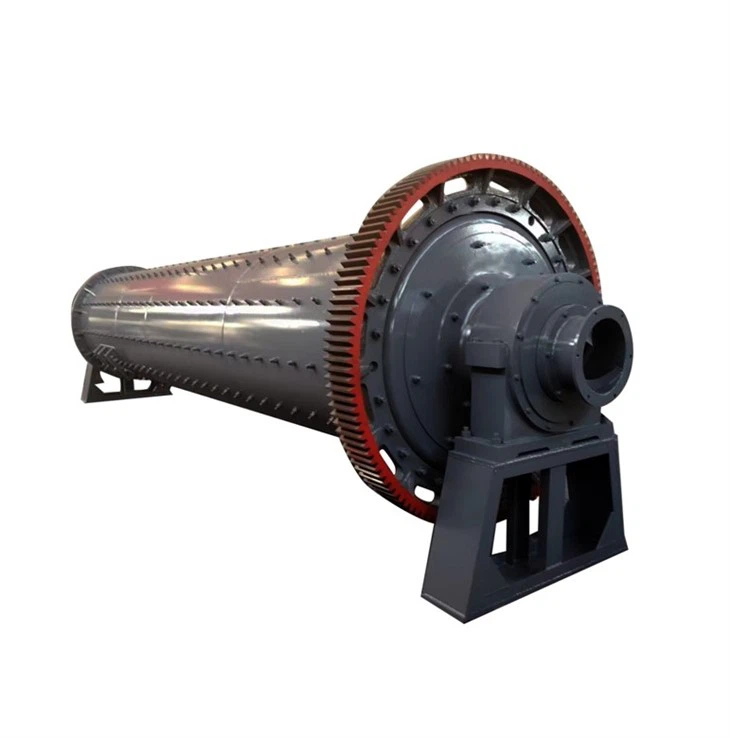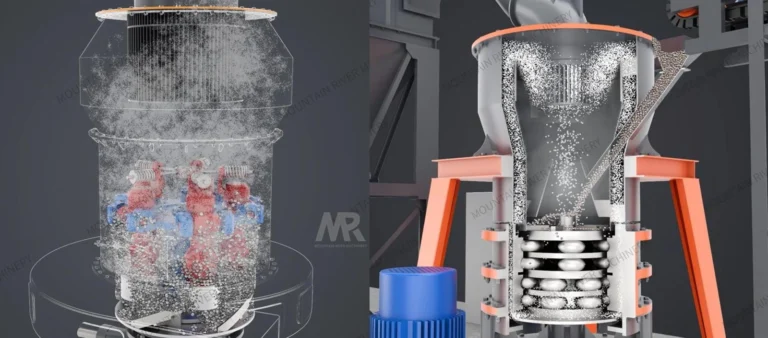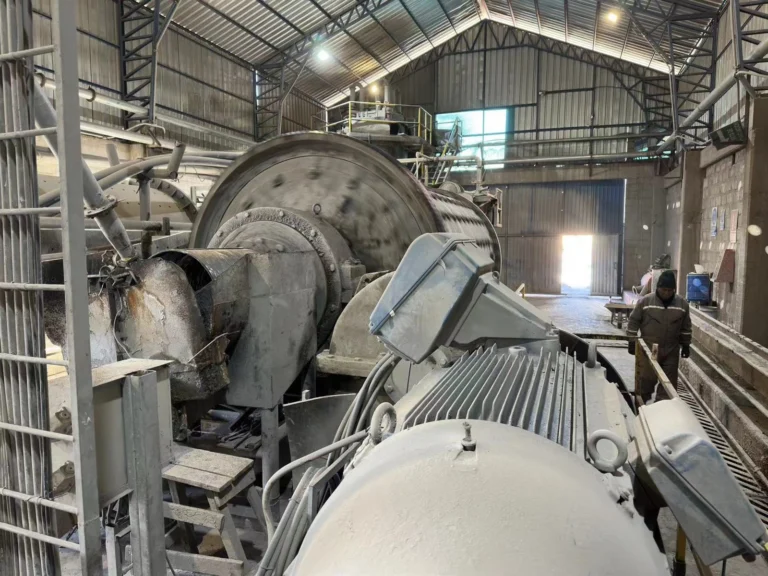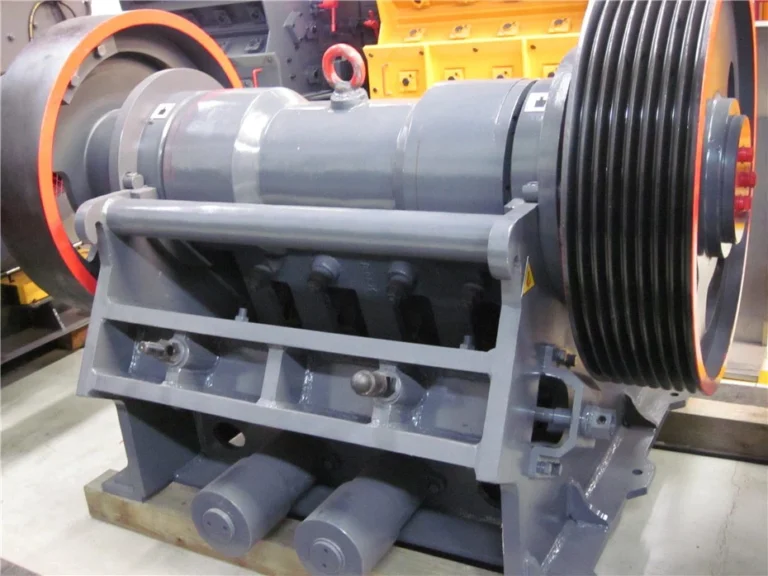What Is A Stone Crusher Used For?
Introduction
A stone crusher, also known as rock crusher, is a machine used to crush large stones and rocks into smaller pieces. It is commonly used in various industries, including mining, metallurgy, building materials, highways, railways, water conservancy, and chemical engineering, among others.
Stone crushers come in different types, sizes, and designs, each suited for specific applications. Understanding how a stone crusher works, its components, and the different types available is essential in selecting the appropriate crushing equipment for your operation.
How does A Stone Crusher Work?
A stone crusher works by using high pressure and friction to break down large rocks into smaller pieces. The machine has a large, rotating steel drum that crushes the rocks and stones against a hardened steel plate, reducing them to smaller pieces. The crushed stones then pass through a screen that separates out the materials into different sizes.
Some stone crushers feature a cone-shaped plate that oscillates, allowing the rocks to be crushed further. Other machines use a drum or rotor to crush the rocks, grinding them into a small, fine powder.
The Importance of Stone Crushers in the Mining Industry
The mining industry relies heavily on stone crushers to crush the rocks and stones extracted from the earth. These machines are used to extract minerals and other valuable materials from the rocks and stones, including gold, silver, iron, copper, and bauxite.
In addition to extracting minerals, stone crushers are also used to recycle waste materials from the mining industry. This includes crushing and grinding scrap metal, concrete, and other materials to be reused in construction projects and other industries.
Types of Stone Crushers
There are several different types of stone crushers available in the market, each designed for specific applications. Some of the most common types include:
1. Jaw crushers: These are the most common type of stone crusher. They are designed to crush large rocks into smaller pieces and are typically used in mining and construction applications.
2. Cone crushers: These crushers work by using a cone-shaped plate that oscillates, allowing the rocks to be crushed further. They are typically used in mining and construction applications.
3. Impact crushers: These crushers use high speed and impact to crush the rocks and stones. They are commonly used in mining, construction, and recycling applications.
4. Roll crushers: These crushers use a series of rollers to crush the rocks and stones. They are typically used in mining and metallurgy applications.
5. Hammer crushers: These crushers use high-speed hammers to crush rocks and stones. They are commonly used in mining and construction applications.
Factors to Consider When Selecting a Stone Crusher
When selecting a stone crusher, several important factors need to be considered, including:
1. Type of material: The type of rock or mineral being crushed will determine the type of stone crusher needed for the job. For example, softer materials like limestone and sandstone require a different type of crusher than harder materials like granite and basalt.
2. Capacity: The capacity of the stone crusher is also an important factor to consider. This refers to the amount of material the machine can handle per hour or day.
3. Size: The size of the stone crusher also needs to be taken into account. This will affect the machine”s footprint and whether it can be transported easily.
4. Maintenance: Stone crushers require regular maintenance to keep them in good working order. This includes cleaning, oiling, and replacing worn parts.
Conclusion
Stone crushers are an important component in the mining and construction industries. They are designed to crush large rocks into smaller pieces, making it easier to extract minerals and other valuable materials. There are several different types of stone crushers available, each suited for specific applications. When selecting a stone crusher, it is important to consider factors like the type of material being crushed, the capacity of the machine, and its size and maintenance requirements.






